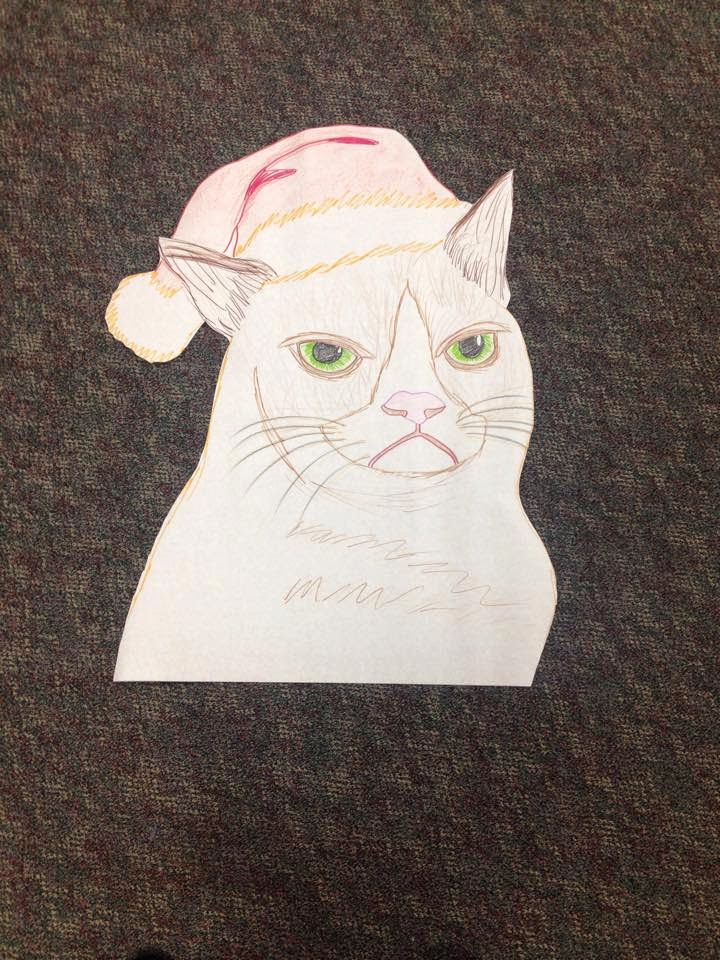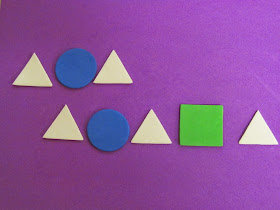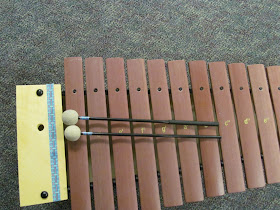When I saw gen. ed. classroom teachers use the program, I
thought it was so brilliant. Instant point system that is easy to correlate to
classroom money? An instant record of behavior to show a parent at conferences?
Completely free? Rock on!
I love you, little green dude who does flips when the page is loading.
As useful as I could already see that it was, I almost
immediately decided that I could never use it. I have over 400 students;
keeping track of them all would be a NIGHTMARE. I already used a whole-class
incentive system and a compliment system with behavioral differentiation when
necessary, how would all that fit in? Nah, cool but not for me.
Over the summer I began to reconsider, and boy am I glad that
I did!
It was easy once I realized I could use Dojo as a tracking
tool for the class-wide system I already had. I have a “BRAVO” system. When
every single student in a class is following my two rules (Respect and
participate) they earn a letter. The goal is to earn five letters to spell the
word BRAVO in one class. When they do, they earn a certificate and stickers for
the school-wide PBS reward system.
This is what it looks like when students earn all 5 letters.
In Dojo, I have each class as their own monster, instead of
each student. It is easier to keep track of, and the individual reward systems
I already had in place weren’t changed. I post the updated points every Friday
afternoon outside my door, so teachers can see how far along their class is. I
track the points for a quarter, and reset the points for the new quarter.
Teachers like being able to see how many points students earn, too.
One of the best things about this website is that now I have
a way to reward classes for behavior on the long term. The main downfall of my
system before was if a class never earned a BRAVO, they never realized how cool
it was and didn’t feel motivated by it. But with Dojo, they can earn stickers
for every 25 points they earn in total, even if they never get a BRAVO. It
allows classes with more behavioral issues to still be motivated by a positive
behavioral system. I also allow them, with 50 points, to earn a mini-bravo
party and with 100 points, to earn a full bravo party.
A bravo party is when I allow students to choose their own
instruments for a full class. (A mini-bravo party is 10 minutes on instruments
of their own choice.) Students also get a small treat, like a baggie of fruit
snacks, when they leave. I still have objectives and focused teaching, but
students get choice and find it to be motivating. I chose this reward because I
figured with so little time to teach kids so much music theory, I didn’t have
any extra to spare on a free choice day or a pizza party.
Students really seem to like knowing how many points they
have, and students K-5 work hard so they can earn another letter/point. It also
helps that the art teacher in my building found and loves Dojo too, so they see
similar systems in more than one class.
Class Dojo has been a very useful took for me so far. I plan
on giving out this certificate each quarter to the class in each grade with the
most BRAVO points. I found it here. What a fantastic idea!












































